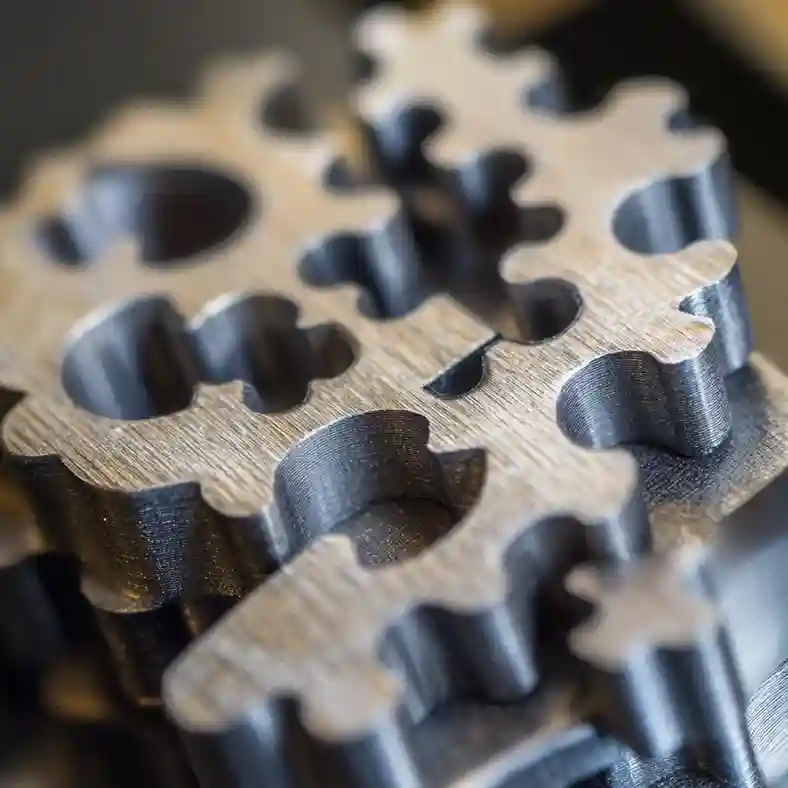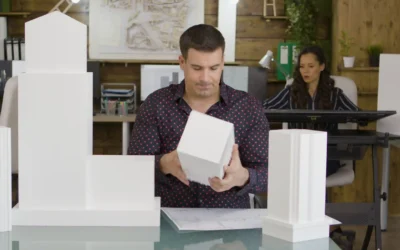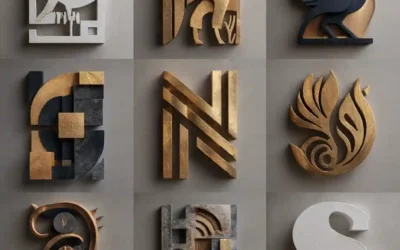Manufacturing is changing as a result of metal 3D printing. Once limited to plastic prototypes, additive manufacturing now extends to high-strength metal components used in aerospace, automotive, healthcare, and more. This evolution has opened new doors for industries seeking custom, complex, and lightweight metal parts with exceptional performance and efficiency.
In this article, we’ll explore what metal 3D printing is, its real-world applications, the cost factors involved, and the trends shaping its future. Whether you’re a manufacturer, designer, or innovator, understanding the potential of metal 3D printing can help you stay ahead of the curve.
What is Metal 3D Printing?
Metal 3D printing, also known as metal additive manufacturing, is a process of creating three-dimensional metal parts layer by layer using powdered metal materials and advanced binding or laser melting techniques. Unlike subtractive manufacturing, which removes material from a solid block, additive manufacturing builds parts from the ground up, minimizing waste and enabling highly intricate designs.
There are several popular metal 3D printing technologies, including:
Selective Laser Melting (SLM) and Direct Metal Laser Sintering (DMLS)
These techniques fuse metal powder into a solid component using a laser.
Electron Beam Melting (EBM)
Similar to SLM, but it uses an electron beam and is typically used for titanium alloys.
Binder Jetting
In this process, a binding agent glues the powder together, followed by sintering in a furnace.
Metal Extrusion (Bound Metal Deposition)
Similar to FDM 3D printing, it extrudes metal mixed with a binder, then sinters the final product.
Applications of Metal 3D Printing
- Aerospace and Aviation
Aerospace engineers may design lightweight, fuel-efficient parts like brackets, heat exchangers, and turbine blades using metal 3D printing. These items frequently have intricate geometries that make regular manufacturing challenging or impossible.
- Automotive Industry
From performance car parts to tooling and fixtures, automotive manufacturers are embracing metal 3D printing to accelerate design iteration, reduce weight, and increase efficiency. Custom exhausts, pistons, and engine components are now being prototyped and even mass-produced using metal additive technologies. - Medical and Dental
The manufacturing of implants and prostheses has been transformed by metal 3D printing. Patient-specific hip joints, dental crowns, and spinal implants made from titanium or cobalt-chrome alloys offer better biocompatibility and fit. In the medical field, the capacity to create unique, anatomically precise parts is revolutionary. - Industrial Tooling
Tooling and jigs used in factories can be 3D printed from metals like steel and Inconel. This approach reduces lead times, cost, and inventory, especially for low-volume or custom tools. - Defense and Energy
Strong, corrosion-resistant metal components are essential to the oil and gas and defense industries. With 3D printing, they can produce parts on-demand for maintenance, remote deployments, and high-temperature environments.
Cost Factors of Metal 3D Printing
While metal 3D printing offers immense value, it’s known for being relatively expensive compared to plastic 3D printing. The cost depends on several factors:
- Material Costs
Metal powders such as titanium, stainless steel, or Inconel are more expensive than plastics. Some exotic alloys can cost upwards of $300–$500 per kilogram. - Machine Costs
Industrial metal 3D printers are highly advanced, with prices ranging from $100,000 to over $1 million. However, desktop metal printers are becoming more affordable for small businesses. - Post-Processing
Metal parts require extensive post-processing, including support removal, heat treatment, surface finishing, and sometimes CNC machining for precision. - Design Complexity and Size
Highly complex or large parts require more build time and resources, which increases the cost. However, these parts may be cheaper than those made via traditional manufacturing if they reduce assembly or material waste. - Volume
Small-batch or one-off parts benefit most from 3D printing’s flexibility, but for high-volume production, traditional methods may still be more economical—unless customization is key.
Current Trends in Metal 3D Printing
Adoption Across Industries
Metal 3D printing is no longer niche. Industries from jewelry to construction are incorporating it into their workflow. Jewelry manufacturers use it to craft highly detailed gold and silver pieces with less material loss—an area where Pacio has seen growing interest.
AI and Generative Design
The design of parts for 3D printing is changing as a result of artificial intelligence. Topology optimization and generative design tools allow engineers to create organic, lattice-like structures that are lighter yet stronger than traditional parts.
Sustainability
Sustainability is a growing concern in manufacturing. Metal 3D printing reduces waste compared to subtractive techniques and enables localized production, lowering carbon emissions from transportation.
Mass Customization
The ability to produce custom parts on demand is enabling brands to offer personalized products at scale—from orthotics to performance car parts.
Localization of Production
One notable trend is the localization of 3D printing hubs in strategic regions. For example, 3D printing in Dubai has surged due to the UAE’s focus on smart manufacturing and innovation. Dubai’s industrial strategy includes investment in additive manufacturing for construction, aviation, and healthcare.
Final Thoughts
Metal 3D printing has moved far beyond prototyping. It’s empowering industries to create stronger, lighter, and more complex parts than ever before. As technology improves and costs decrease, its adoption will only accelerate.
Whether you’re building satellites, surgical tools, or sustainable luxury products, metal 3D printing offers a path to smarter, faster, and cleaner production.
At Pacio, we’re proud to be part of this transformation—helping shape the future, one layer at a time.




